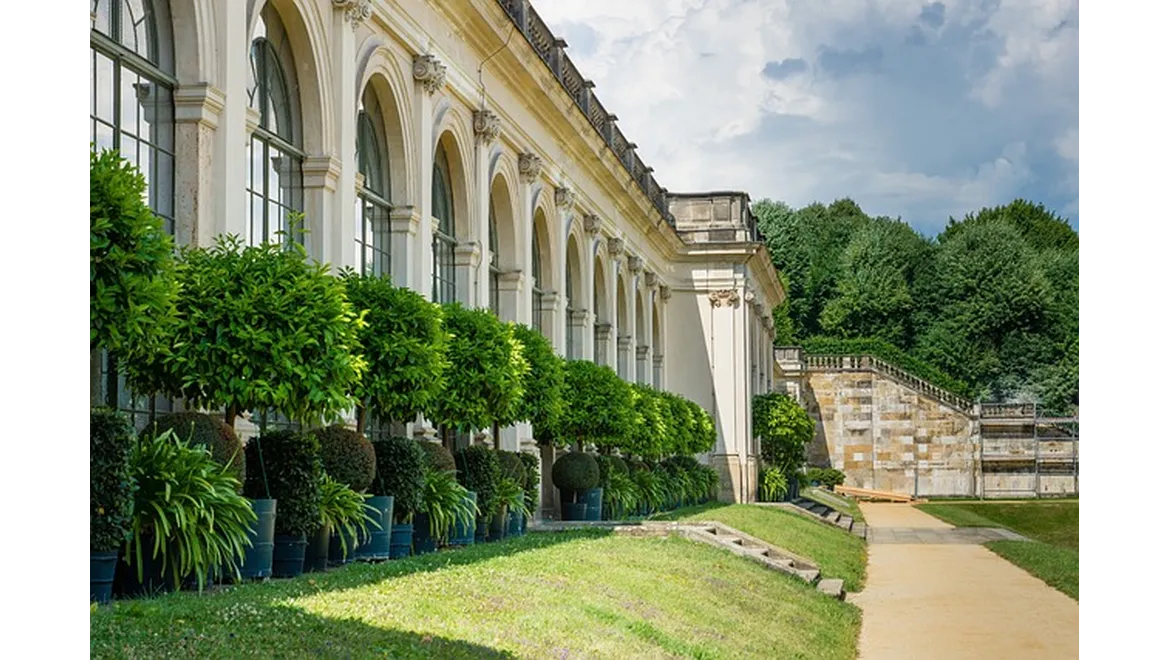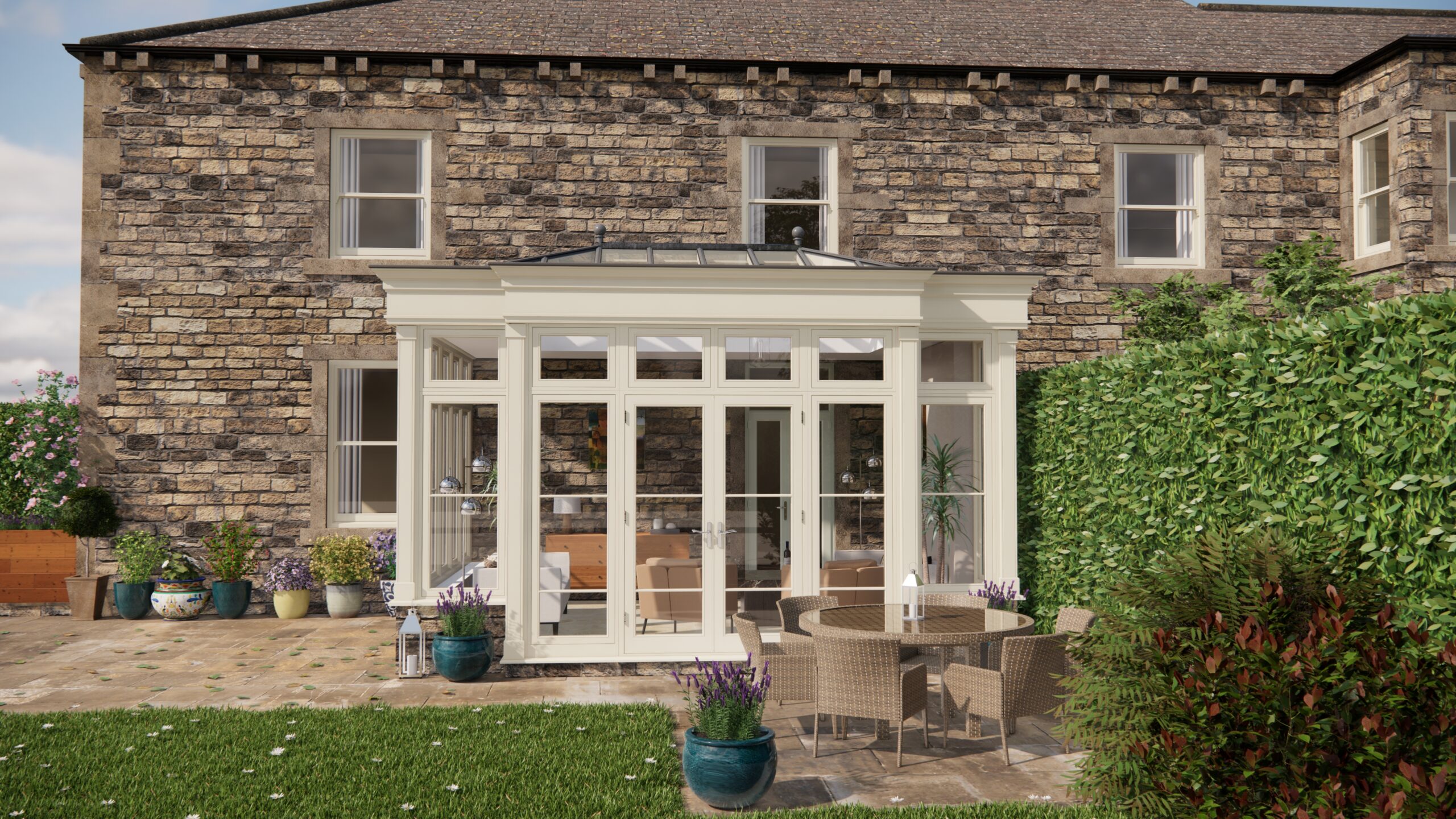Stepping into a modern orangery feels like entering a portal to the past. The blend of history and contemporary design is something I’ve always been fascinated by. To get a better grasp of this enchanting architectural feature, I sat down with Rachel, a passionate gardener and homeowner who’s successfully integrated a 17th-century style orangery into her modern UK home.
A Glimpse into History
When I asked Rachel why she chose to add an orangery to her home, she beamed with enthusiasm. “I’ve always been enamoured by the elegance of the 17th-century orangeries,” she explained. Originally built to protect citrus trees during the harsh winters in Europe, these structures were a symbol of wealth and sophistication. “They were the epitome of luxury back then,” Rachel continued, “and I wanted to capture a slice of that history in my own backyard.”
Rachel shared that her initial inspiration came from a visit to a stately home where she was captivated by the expansive glass walls and the lush greenery within. “It was like stepping into a living painting,” she said. This allure of blending indoor comfort with outdoor beauty spurred her to create her own orangery.
Designing with a Historical Touch
The design process was Rachel’s favourite part, though she admitted it was challenging to balance historical charm with modern functionality. “I wanted it to feel authentic, but also practical for everyday use,” she noted. Rachel started by researching traditional orangery designs—focusing on the unique characteristics such as large glass windows, brick or stone bases, and intricate woodwork.
Working with a local architect who specialised in period restorations was key. They planned the structure to complement her existing home while ensuring it felt like a natural extension. “Choosing the right materials was crucial,” Rachel advised. “We used reclaimed bricks for the base to give it that aged look, and the timber frame was crafted to mimic the intricate detailing of classical orangeries.”
For those considering a similar project, Rachel emphasised the importance of consulting with professionals who understand the nuances of period design. “It’s not just about aesthetics,” she said, “but also about ensuring the structure is durable and energy-efficient.”
Blending Elegance with Functionality
Rachel’s orangery is not just a nod to history; it serves multiple purposes. “It’s my little sanctuary,” she smiled. The space is furnished with comfortable seating, making it perfect for afternoon teas or casual gatherings. By incorporating underfloor heating and double-glazed windows, Rachel ensured the space remained usable year-round.
“The beauty of an orangery,” she pointed out, “is its versatility.” Rachel uses it as a greenhouse for her exotic plants, a dining area for family meals, and even a yoga retreat on sunny mornings. The blend of natural light and the surrounding views makes it a serene escape from the hustle and bustle of daily life.
Rachel offered some practical advice for incorporating modern conveniences without compromising on historical charm. “Use technology wisely,” she suggested. Her orangery is equipped with smart climate control, allowing her to adjust the temperature and humidity to suit both her comfort and the needs of her plants.
Creating Your Own Slice of History
For those inspired to bring this historical elegance into their own homes, Rachel had some encouraging words. “Start by visiting orangeries,” she recommended, “and immerse yourself in their beauty and design.” She also advised keeping a scrapbook of ideas, materials, and designs that resonate with you.
Rachel stressed the importance of patience and planning. “It’s not a project to rush,” she said. Ensuring every detail aligns with your vision is crucial. She also highlighted the value of finding skilled craftsmen who can bring your ideas to life with precision and care.
Incorporating an orangery is more than just a home improvement project; it’s about creating a space that resonates with history while serving the needs of modern life. Rachel’s journey is a testament to the timeless allure of orangeries, showing that with thoughtful design and a passion for history, it’s possible to create a beautiful, functional space that bridges the gap between past and present.
As I left Rachel’s home, I couldn’t help but feel inspired by her passion and dedication to preserving a piece of history. Her orangery is more than just an architectural feature; it’s a celebration of elegance and a tribute to the rich heritage of design. If you’re considering embarking on a similar journey, remember that with careful planning and a love for the past, you too can bring the historical charm of orangeries into your modern home.


